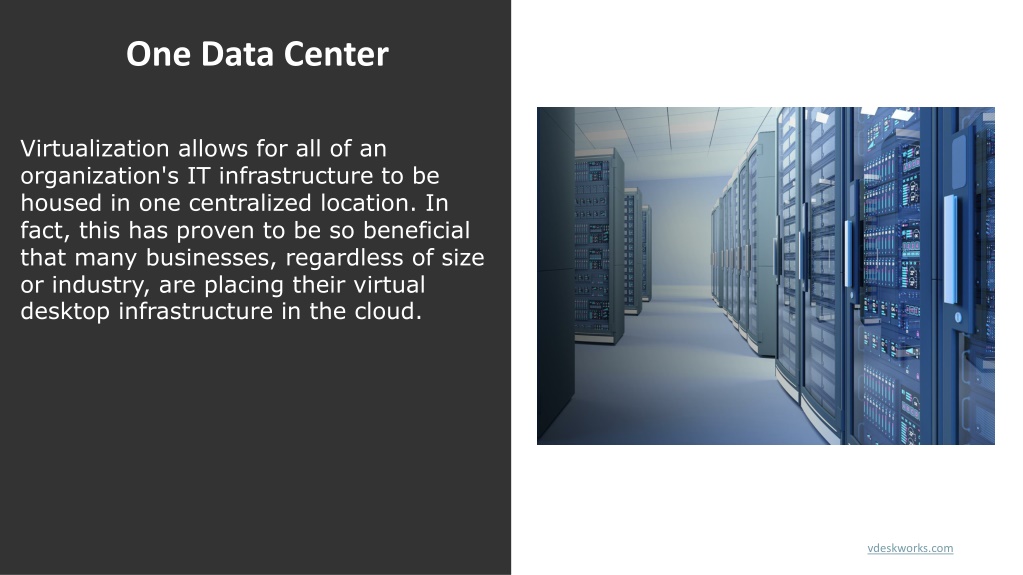

- #LONG TERM COST OF USING CLOUD SERVICES FOR BUSINESS SOFTWARE#
- #LONG TERM COST OF USING CLOUD SERVICES FOR BUSINESS SERIES#
Each type has several VM series within it. It's important to understand the pricing differences between these VMs, and the long-term budget effects. VMs with optional high-throughput network interfaces (RDMA). Single or multiple GPUs.įastest and most powerful CPU. Good for big data, and SQL and NoSQL databases. Good for relational databases, medium-to large-size cache, and in-memory analytics. Good for medium-volume traffic web server, network appliances, batch processes, and application servers. Good for testing and development, small-to-midsize databases, and low-to-medium-volume traffic web servers. VMs are grouped as shown in the following table: Type Each VM type has specific features and different combinations of CPU, memory, and disks. You can choose various options when you deploy Azure VMs to support workloads. Learn more about Azure Database Migration Service. You can calculate the monthly storage cost for a specific machine by aggregating the monthly cost of all disks attached to it. Storage cost: Azure Migrate calculates total monthly storage costs by aggregating the storage costs of all VMs in an assessment. 
It aggregates the cost across all VMs in the assessment, and calculates a total monthly compute cost.
#LONG TERM COST OF USING CLOUD SERVICES FOR BUSINESS SOFTWARE#
The estimation considers the operating system, Software Assurance, Azure Reserved VM Instances, VM uptime, location, and currency settings.
Compute costs: Using the Azure VM size recommended when you create an assessment, Azure Migrate uses the Azure Billing APIs to calculate estimated monthly VM costs. You can use Azure Migrate to collect this information.Īzure Migrate discovers and assesses your on-premises environment to provide an inventory.Īzure Migrate can map and show you dependencies between VMs, so that you have a complete picture.Īn Azure Migrate assessment contains estimated cost. To acquire this data, you create inventory of your assets, including servers, VMs, databases, and storage. Then, input costs into the calculator to build an estimate.Īzure Migrate: To estimate costs, you need to review and account for all the resources required to run your workloads in Azure. You can use several tools to forecast your monthly bill for migrated workloads.Īzure pricing calculator: Select the products you want to estimate, such as VMs and storage. Estimate cloud spending across subscriptions.īest practice: Estimate monthly workload costs. Perform right-sizing for virtual machines (VMs) and storage. The best practices in this section help you to: Consider converting workloads to Azure serverless technologies, where appropriate, to reduce costs. If budget is limited, take this into account before migration. Proactively managing cloud costs helps you adhere to your operating expense budget. 
Before migrationīefore you move your workloads to the cloud, estimate the monthly cost of running them in Azure. Not all recommendations might be applicable for your deployment, so select what works for you. Features and capabilities change over time. The best practices and opinions described in this article are based on Azure platform and service features available at the time of writing.







 0 kommentar(er)
0 kommentar(er)
